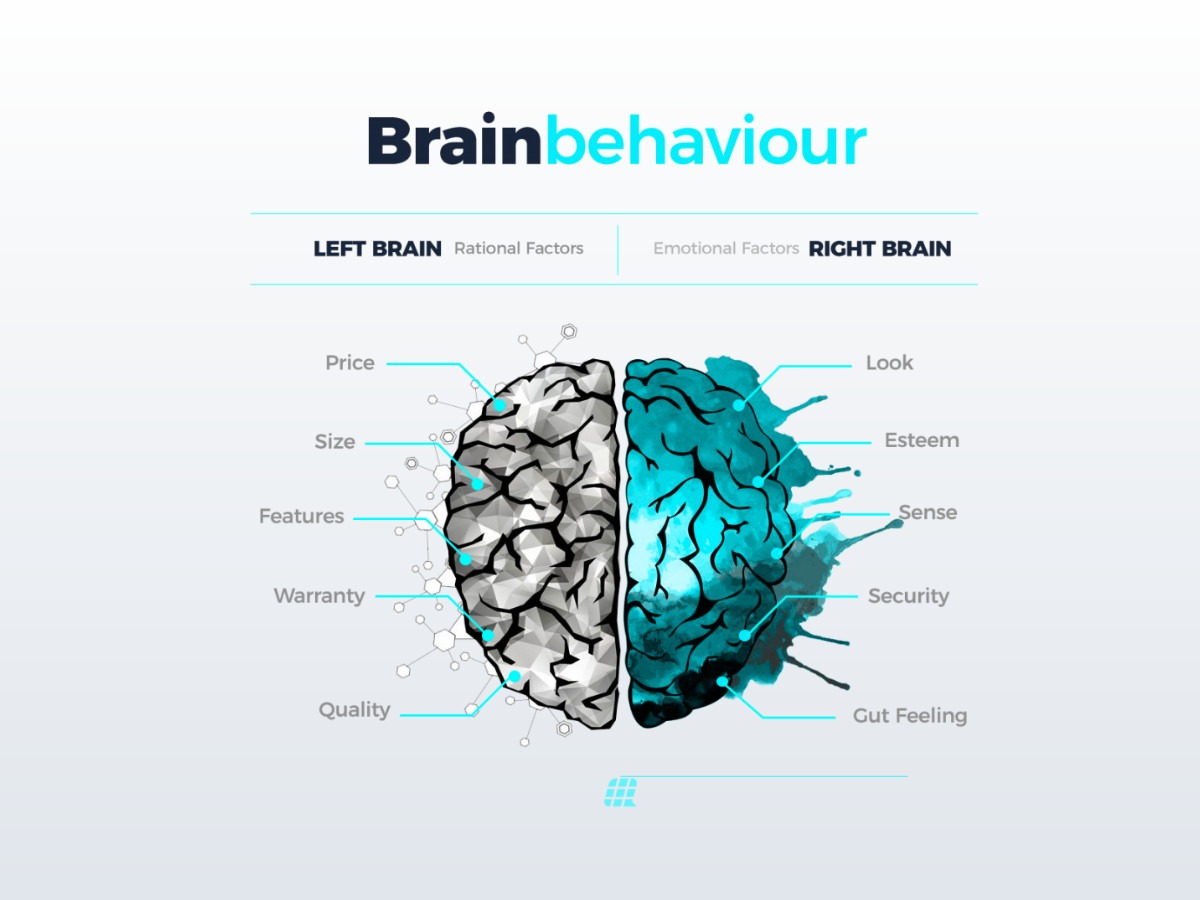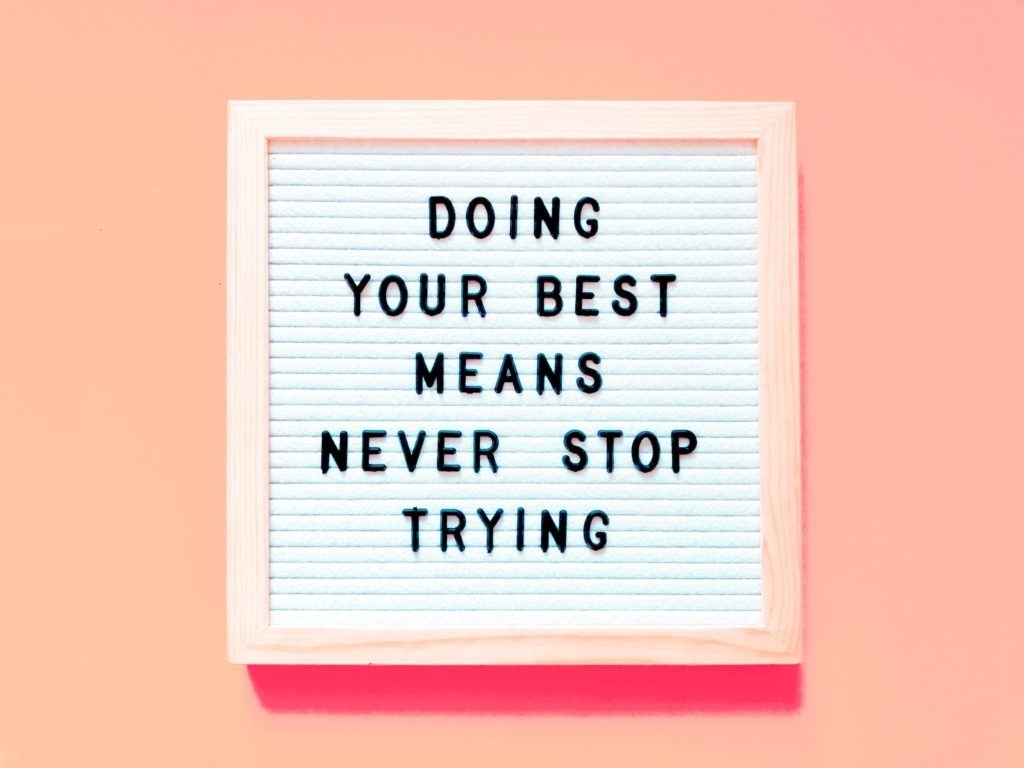Do you want to hear a secret? How about seven of them?
Today, I want to talk about brand psychology. Specifically, the seven most effective ways to use the way most people think to attract new, high-quality clients and customers to your brand.
As you already know, your brand is the most important thing to your business. More important than the products or services you offer. More important than where you are located or what industry you work in. It’s even more important than the size, scope, or profitability of your business.
That’s because your brand represents you: Your values, your passions, your strengths, and your potential.
So naturally, you want to attract people to your brand because it means they have genuine connections with you (and your business). And that leads to long-term rewards, long-term revenues and profits, and long-term SUCCESS!
So how about those secrets?
Secret Number 1 – People Are Motivated by Their Emotions
When most people choose a product, they measure its cost against competitors, conduct an analysis of its benefits vs drawbacks, and compile a spreadsheet on short-term vs long-term value, right? WRONG!
People almost always buy impulsively. And they make buying decisions based on EMOTIONS rather than LOGIC. They only use logic later to justify their decisions.
That’s the way people have been making decisions for thousands of years. It’s simply human nature. And this truism plays a critical role in the success or failure of your business and here’s why:
If you want to convince people to buy your products or services, you need to appeal to their emotion FIRST and their logic SECOND.
Another way to put it is like this: Win their heart and their head will follow.
Secret Number 2 – Humans Are Prone to the Mob Mentality
We all like to think of ourselves as individuals. We think for ourselves, make decisions based exclusively on our own thinking, and aren’t influenced at all by other people, right?
WRONG!
People are by nature social animals. So they are ALWAYS influenced by other people. In fact, we rarely do anything without first consulting … or at least thinking about … what other people would do in the same situation.
Consider the case of picking a restaurant. Imagine you are driving down the street looking for a place to eat because you are very hungry.
You see two restaurants: One has a line out the door and the other looks completely empty. Which one are you going to choose?
Will you pick the empty restaurant because you can get seated right away and satiate your hunger more quickly?
Nope! Most people are much more likely to get in line at the other restaurant. Why? Because there must be a reason why it’s so popular!
It’s human nature to pay attention to group think. We want to be part of the pack. We choose to benefit from the wisdom of the group rather than trying to figure out each little detail of life on our own.
And this plays into your business because …
Secret Number 3 – People Want to Be Part of Something Bigger than Themselves
When people make buy decisions, they usually aren’t just buying an individual product or service. Instead, they are buying into a BRAND.
That brand represents something about themselves: It proves that they are cool, they are smart, they are tuned in, they are successful, they are beautiful, they are loved, and so on.
Specific branding is tied to archetypes, which are proven mechanisms that provide buyers with a shortcut to specific values.
So if you want to connect with more customers, you need to create a brand that offers the same values that your prospective customers are actively searching for.
And you can use these archetypes as a sort of shorthand to make those connections.
Secret Number 4 – People Are Attracted to the Next New Shiny Thing
Okay, let’s just get one thing out of the way: People have short attention spans.
They are attracted to shiny things. New things. The next thing. The next new shiny thing.
And guess what? With the rise of the internet and online social connectivity, people’s attention spans are getting shorter and shorter every day.
What does this have to do with your business? Plenty!
It means the window of opportunity you have to attract people’s attention to the products and services you offer is getting smaller and smaller by the minute.
So the way to short-circuit the problem of short attention spans is by selling your BRAND, not your PRODUCTS.
Remember: Brands are feelings. Products are solutions. So when you sell people based on their feelings … they become open to the possibility of using your products to solve their problems in the long-term.
Secret Number 5 – People See Patterns Everywhere
The way our brains work is to cut through tons and tons of stimuli and data by using patterns to get to the most important information.
The human mind is constantly working to identify patterns. It’s how we learn to understand the world around us. It’s what keeps us safe in dangerous situations. It helps us navigate everyday life. And it’s the way we can attract new customers to our brand.
How? By aligning your brand messaging with the kinds of patterns people are looking for.
When people see familiar patterns that coincide with specific emotions, they will instantly and permanently be connected to your brand.
Secret Number 6 – Familiarity Breeds … Attraction
There’s an old axiom that goes, “Familiarity breeds contempt.” In other words, the more time we spend with something, the more we learn to hate it.
But that’s not always the case. At least not when it comes to branding.
Marketers have known for years that the more exposure audiences have with a specific brand message, the more comfortable they become with it.
Think of that jingle that always gets caught in your head. You probably haven’t heard it just once. More likely, you’ve seen it on a TV commercial or heard it on the radio thousands of times. And now it’s part of you.
The same holds true with your brand messaging. Your brand needs to be constant as well as consistent.
Okay, finally …
Secret Number 7 – People Crave Excitement
This final secret has to do with the reward system that is built-in to everybody’s brain.
People live their lives in a state of continual reinforcement. They want to feel that the decisions they make are the right ones. And the best way to satisfy this need is by offering rewards.
What kind of rewards? The most effective ones are those that are attached to specific emotions: Love, sex, hunger, and fun.
All of these cause the body to naturally release a hormone known as dopamine into the bloodstream. Dopamine is what makes us feel good. It makes us feel safe. And it convinces us that we made the right choice, regardless of what that choice was.
7 Secrets to Cracking the Brand Psychology Code- If your band can make a genuine emotional connection with your prospective customer to the point where it causes their minds to release dopamine, you’ve already won!
7 Secrets to Cracking the Brand Psychology Code – So there you have it: The seven biggest branding secrets based on psychology, physiology, and most importantly .. basic human nature!
7 Secrets to Cracking the Brand Psychology Code – But there’s more. Lots more. To get even more attuned to how you can use your brand to connect emotionally with customers to create raving fans for life … call the branding experts at Lytron .










